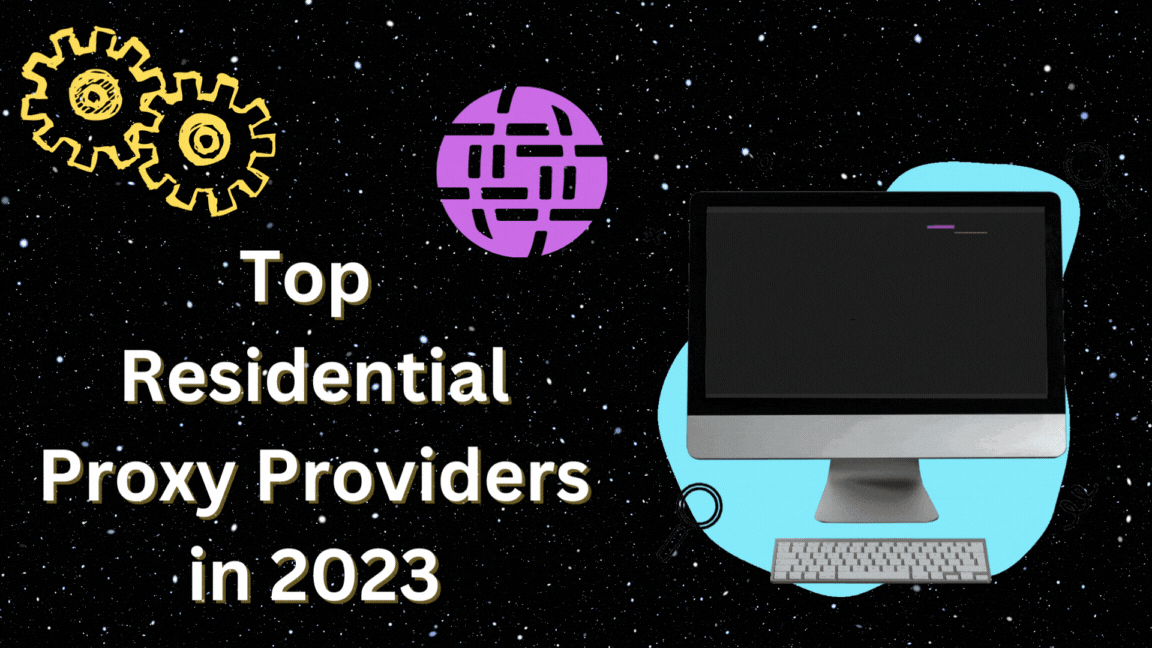
Ever wondered how developers seamlessly test applications across global markets or how businesses maintain privacy in the digital age? Dive into the world of proxy servers - your digital passport to secure, anonymous and unrestricted internet access. This comprehensive guide demystifies proxy technology, offering practical insights for both coding professionals and privacy-conscious users looking to enhance their online presence.
Picture the internet as a vast highway system, where proxy servers act as sophisticated traffic controllers, expertly routing your digital footprint through carefully chosen pathways. These technological gatekeepers have evolved from simple IP masking tools into powerful allies for developers, security professionals and everyday users alike. As we explore the intricate world of proxies, you'll discover how these versatile tools can transform your approach to web development, data security and online privacy.
The Fundamentals of Proxy Servers
At its core, a proxy server functions as a middleman between your device and the internet. When you connect through a proxy, your requests are routed through an intermediate server before reaching their destination. While researching the best proxies in United States, you'll find various options ranging from residential to datacenter proxies, each serving different purposes and offering unique advantages for specific use cases.
This setup masks your original IP address and provides additional benefits such as enhanced security through traffic encryption, improved performance via content caching and access control capabilities. For developers and businesses alike, these features transform proxies from simple routing tools into powerful assets for digital operations.
Types of Proxies and Their Applications
Understanding proxy types is crucial for selecting the right solution for your needs. Residential proxies utilize real IP addresses from Internet Service Providers, making them ideal for web scraping and market research with higher success rates for accessing restricted content. Datacenter proxies, hosted in cloud-based servers, offer faster speeds and lower costs, perfect for high-volume tasks where authenticity is less crucial.
The anonymity spectrum ranges from transparent proxies, which openly identify themselves, to anonymous proxies that hide your IP while revealing their proxy status and elite proxies that provide maximum anonymity by concealing both IP and proxy status. Each type serves specific purposes in the digital ecosystem, making selection critical for success.
Implementation and Best Practices
Successful proxy implementation begins with a thorough assessment of your requirements. Before diving in, consider these key areas:
Initial Assessment:
- Performance needs and bandwidth requirements
- Security considerations and compliance standards
- Technical specifications for your use case
- Budget and resource allocation
Implementation Steps:
- Select a reliable proxy provider based on your requirements
- Configure your development environment with proper authentication
- Establish secure encryption protocols
- Set up comprehensive error-handling systems
- Create monitoring and alerting mechanisms
Maintenance Best Practices:
- Conduct regular connection testing
- Maintain backup solutions for critical operations
- Document configuration processes thoroughly
- Create clear troubleshooting guides for team members
- Review and update security protocols periodically
For larger operations, consider implementing a streamlined management system to handle administration efficiently. This structured approach ensures robust proxy implementation while maintaining security and performance standards across your organization.
Common Use Cases and Benefits
Modern proxy applications extend far beyond basic IP masking. Developers frequently leverage proxies for application testing across regions, verifying functionality and user experience in different geographic locations. In the realm of data collection, proxies enable comprehensive market research and competitive analysis without triggering security alerts or IP blocks.
Key development applications include:
- Cross-regional functionality verification
- Load testing from multiple locations
- Security and penetration testing
Business users find value in proxies for brand protection monitoring, social media management and ad verification processes. The technology has become particularly crucial for organizations maintaining multiple online profiles or conducting extensive market research. These diverse applications demonstrate how proxies have evolved from simple routing tools into essential components of modern digital operations.
Security Considerations and Challenges
Navigating proxy security requires vigilance and proactive management. Organizations must regularly assess their proxy infrastructure for vulnerabilities and maintain robust authentication measures. Free proxy services often present significant risks, potentially compromising sensitive data or injecting malicious code into traffic streams. Instead, invest in reputable providers offering strong encryption protocols and clear privacy policies.
Performance monitoring deserves equal attention - track connection stability, response times and error rates to maintain optimal operation. Common pitfalls include neglecting regular security audits and ignoring proxy logs that might indicate potential issues. The landscape of proxy security continues evolving, demanding constant attention to emerging threats and countermeasures. Maintain regular communication with your proxy service provider regarding security updates and feature enhancements.
Wrapping Up
The strategic implementation of proxy servers can significantly enhance your development capabilities, security posture and online privacy. Success lies in understanding your specific requirements and selecting appropriate proxy types that align with your objectives. Whether you're developing applications, conducting market research, or protecting sensitive data, proxies serve as valuable tools in your digital arsenal.
Remember that proxy implementation isn't a one-time setup - it requires ongoing maintenance, monitoring and adaptation to changing needs. Stay informed about emerging proxy technologies and security practices to maximize the benefits while minimizing potential risks. By following these guidelines and maintaining a security-first approach, you'll be well-equipped to leverage proxy servers effectively in your digital endeavors.
